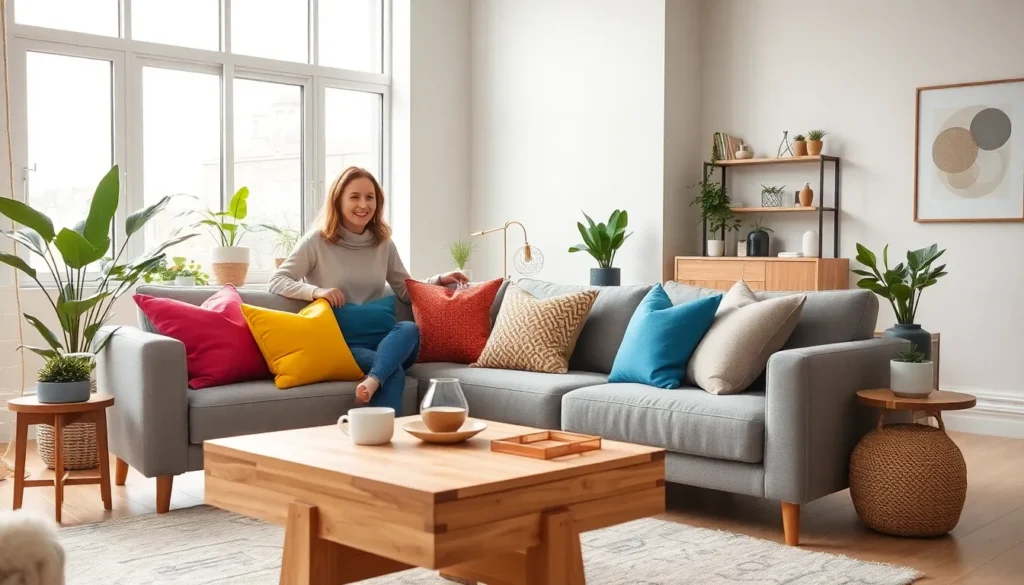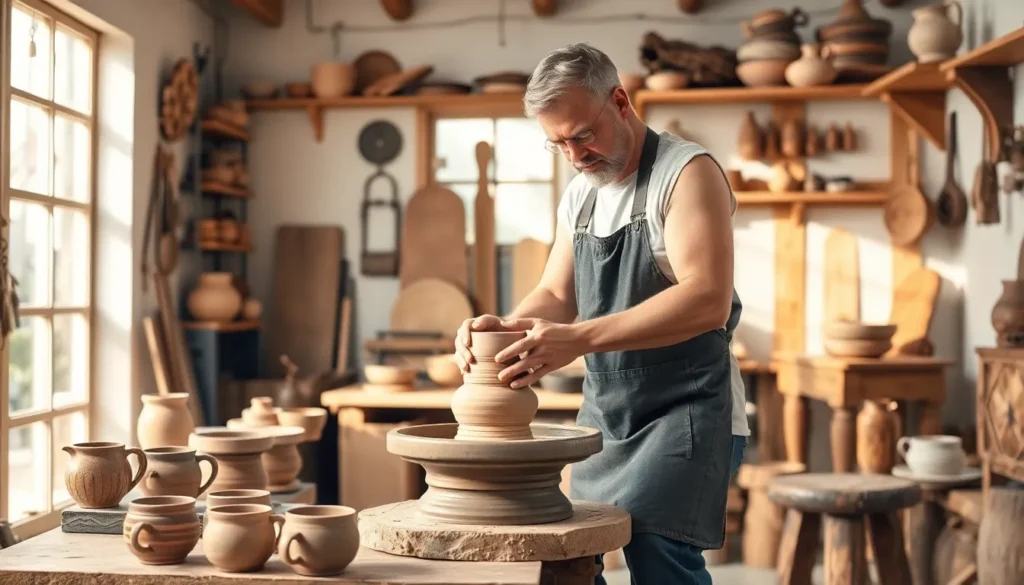Design exhibitions serve as vibrant showcases of creativity and innovation, bringing together artists, designers, and enthusiasts from around the globe. These events not only highlight cutting-edge trends but also foster collaboration and dialogue within the design community. From furniture to fashion, each exhibition offers a unique glimpse into the minds of those shaping our visual landscape.
As cities become cultural hubs, design exhibitions play a crucial role in attracting visitors and stimulating local economies. They provide a platform for emerging talents to gain recognition while allowing established designers to push boundaries. In this dynamic environment, attendees can explore diverse perspectives and discover the latest advancements in design, making each exhibition an unforgettable experience.
Table of Contents
ToggleOverview of Design Exhibitions
Design exhibitions serve as vital venues for showcasing creativity and innovation, bridging the gap between artists, designers, and enthusiasts. These events foster collaboration and stimulate dialogue, further enriching the design community.
Importance in the Design Community
Design exhibitions play a crucial role in community engagement. They provide platforms for networking, allowing designers to connect with industry leaders and peers. Exhibitions showcase emerging talents alongside established names, creating opportunities for visibility. They also contribute to discourse around trends and techniques, sparking conversations that drive the industry forward. By attracting diverse audiences, these events enhance appreciation for design as a discipline.
Evolution of Design Exhibitions
The evolution of design exhibitions reflects changing cultural and technological landscapes. Early shows focused on craft and fine arts, while contemporary exhibitions embrace diverse mediums, including digital and interactive designs. Over the years, exhibitions have become more inclusive, highlighting underrepresented voices and experimental approaches. The integration of technology has also transformed the visitor experience, with virtual exhibitions becoming increasingly popular, reaching global audiences and expanding engagement beyond physical spaces.
Key Features of Successful Design Exhibitions
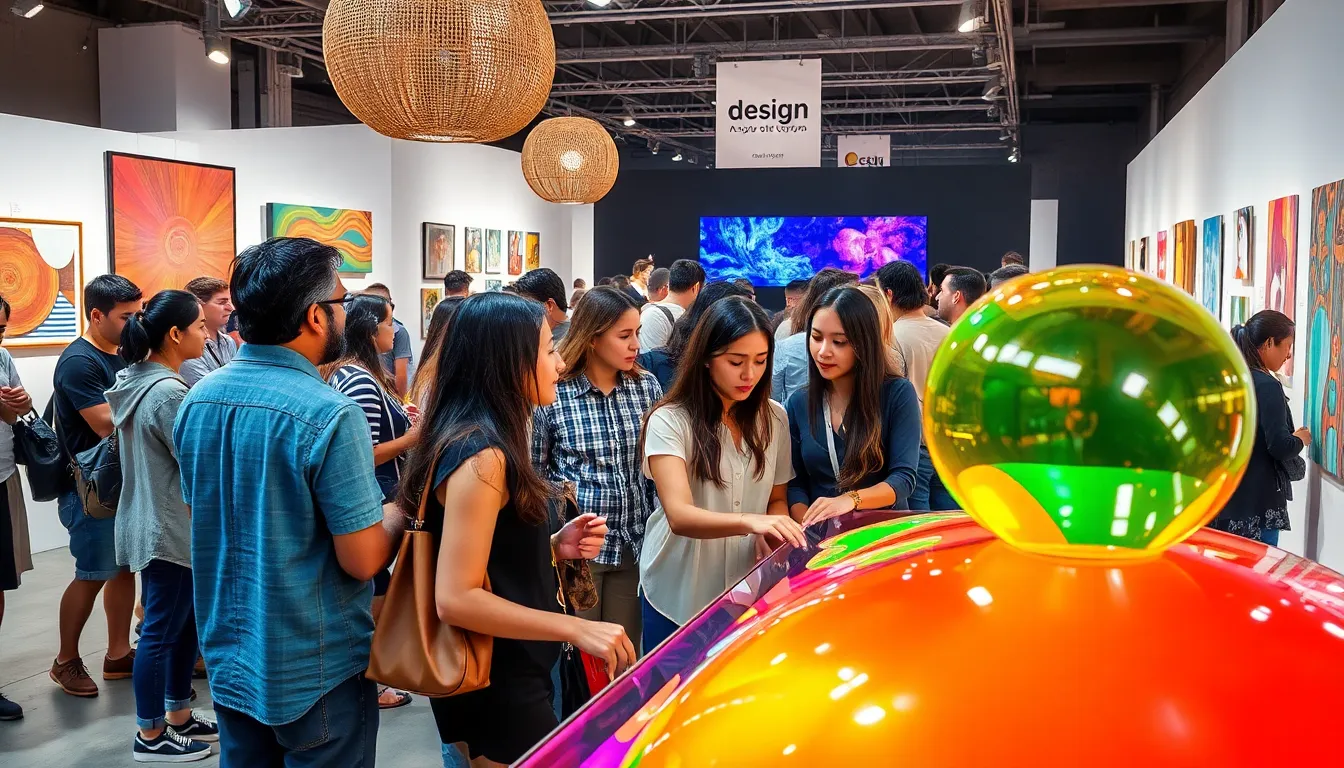
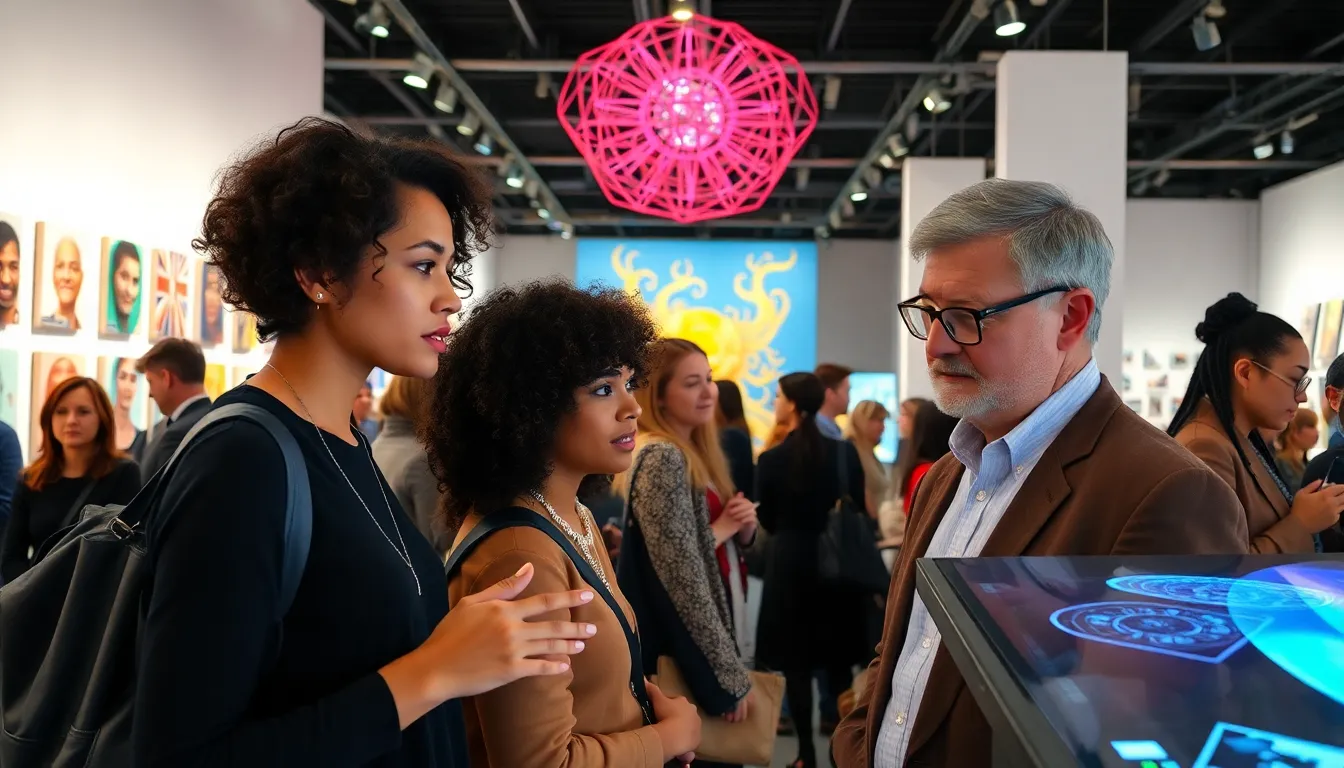
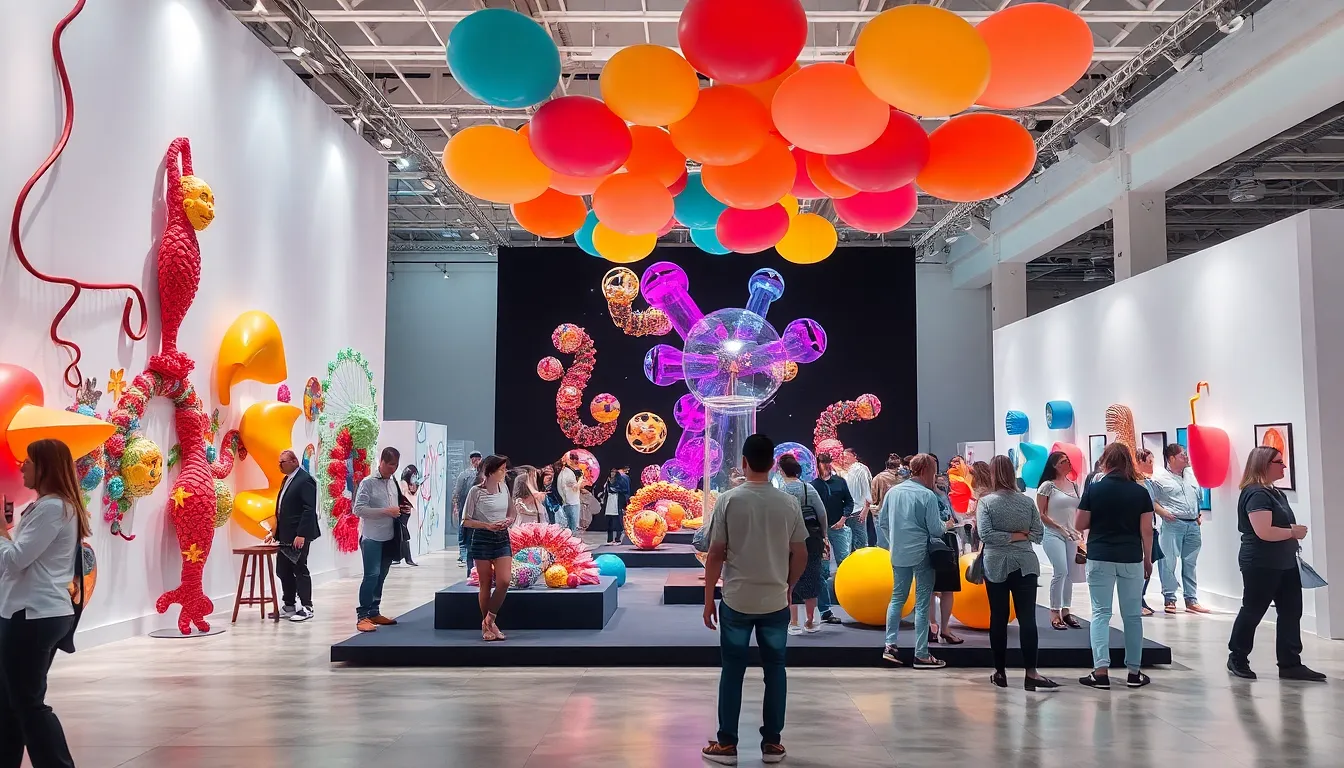
Successful design exhibitions incorporate strategic elements that enhance their impact, ensuring meaningful experiences for both exhibitors and attendees. Focusing on curated content and audience interaction fosters greater appreciation for design’s role in society.
Curatorial Approaches
Curatorial approaches significantly shape the success of design exhibitions. Effective curators create cohesive narratives that guide visitors through diverse displays.
- Thematic Focus: Selecting specific themes allows for more in-depth exploration of concepts, generating deeper connections between works.
- Diverse Mediums: Including various formats like installations, digital media, and interactive displays engages a wider audience.
- Curation Levels: Employing a mix of emerging talents and established designers enriches the exhibition, facilitating dialogues between different artistic perspectives.
- Local Relevance: Integrating local culture and history into the curation establishes a sense of connection for the community and enhances visitor experiences.
Audience Engagement Strategies
Engaging audiences effectively increases the exhibition’s impact and reach. Innovative strategies can elevate visitors’ experiences and inspire deeper interaction with design.
- Interactive Installations: Incorporating hands-on experiences invites visitors to participate actively, rather than passively viewing displays.
- Workshops and Panels: Offering workshops and discussion panels encourages networking and learning opportunities, fostering community engagement.
- Multimedia Content: Utilizing video, augmented reality, or virtual reality enhances storytelling and captivates diverse audience segments.
- Social Media Integration: Encouraging attendees to share experiences on social platforms extends the exhibition’s reach and fosters community dialogue.
Incorporating these curatorial approaches and engagement strategies ensures a dynamic atmosphere in design exhibitions, maximally benefiting both creators and audiences.
Notable Design Exhibitions Around the World
Design exhibitions manifest creativity on a global scale, showcasing innovative works from various regions. The following sections detail notable exhibitions from Europe, North America, and Asia, highlighting their unique contributions to the design landscape.
Examples from Europe
- Milan Design Week: Held annually, Milan Design Week presents a fusion of design and art, attracting over 400,000 visitors. This event features installations from renowned designers and emerging talents, demonstrating the latest trends in furniture and product design.
- London Design Festival: Each September, London Design Festival transforms the city into a hub of creativity. Various installations throughout the city showcase innovative designs, with participation from both established and emerging designers. The festival also emphasizes sustainability and social impact in design.
- Paris Design Week: Paris Design Week joins the city’s renowned fashion scene, highlighting curatorial themes in contemporary design. Exhibitions span galleries, showrooms, and public spaces, featuring a mix of established brands and independent designers.
Highlights from North America
- Salone del Mobile Milano – USA: This American extension of Milan’s famed design fair posits the best of international design alongside local talent. Here, designers showcase advances in sustainable materials and smart technology, addressing contemporary needs through innovative solutions.
- NYCxDESIGN: New York City’s design week highlights the city’s diverse design talents across disciplines. Events include exhibitions, panel discussions, and installations. Participants engage in conversations surrounding innovation, urbanism, and sustainability.
- Design Miami/: This annual fair fuses design and art, attracting collectors and designers who explore the future of design ideas. Exhibitors represent notable galleries and manufacturers, showcasing limited-edition pieces and groundbreaking designs.
Innovations in Asia
- Beijing Design Week: This week-long event focuses on innovation, bringing together designers and industry leaders to share insights. Exhibitions present cutting-edge technologies and design solutions that reflect China’s forward-thinking approach.
- Tokyo Design Week: Tokyo Design Week stands out with its interactive installations and workshops. This event encourages participation and collaboration among designers, showcasing contemporary Japanese culture through unique design interpretations.
- Seoul Design Festival: This festival highlights the intersection of technology and design, showcasing cutting-edge works from both Korean and international designers. Participants focus on the integration of digital solutions into everyday life, fostering connections between design and user experience.
Challenges Facing Design Exhibitions
Design exhibitions face several significant challenges that can impact their success and sustainability.
Financial Constraints
Financial constraints often limit the scale and scope of design exhibitions. Budget limitations restrict venue choices, marketing efforts, and the ability to showcase a diverse range of works. Many organizers rely on sponsorship, grants, and ticket sales to fund events, creating pressure to attract high attendance and securing adequate financial backers. Some exhibitors also struggle to afford production costs, leading to fewer participants and less innovative displays.
Adapting to Digital Platforms
Adapting to digital platforms becomes increasingly important as technology evolves. While virtual exhibitions expand reach and accessibility, they require substantial investment in tech infrastructure and expertise. Designers face challenges in translating tactile experiences online, which can diminish the emotional connection with the audience. The need for intuitive interfaces and engaging content is critical to maintaining viewer interest in digital formats. Moreover, competition with increasingly immersive experiences requires continuous innovation to captivate audiences both online and offline.




